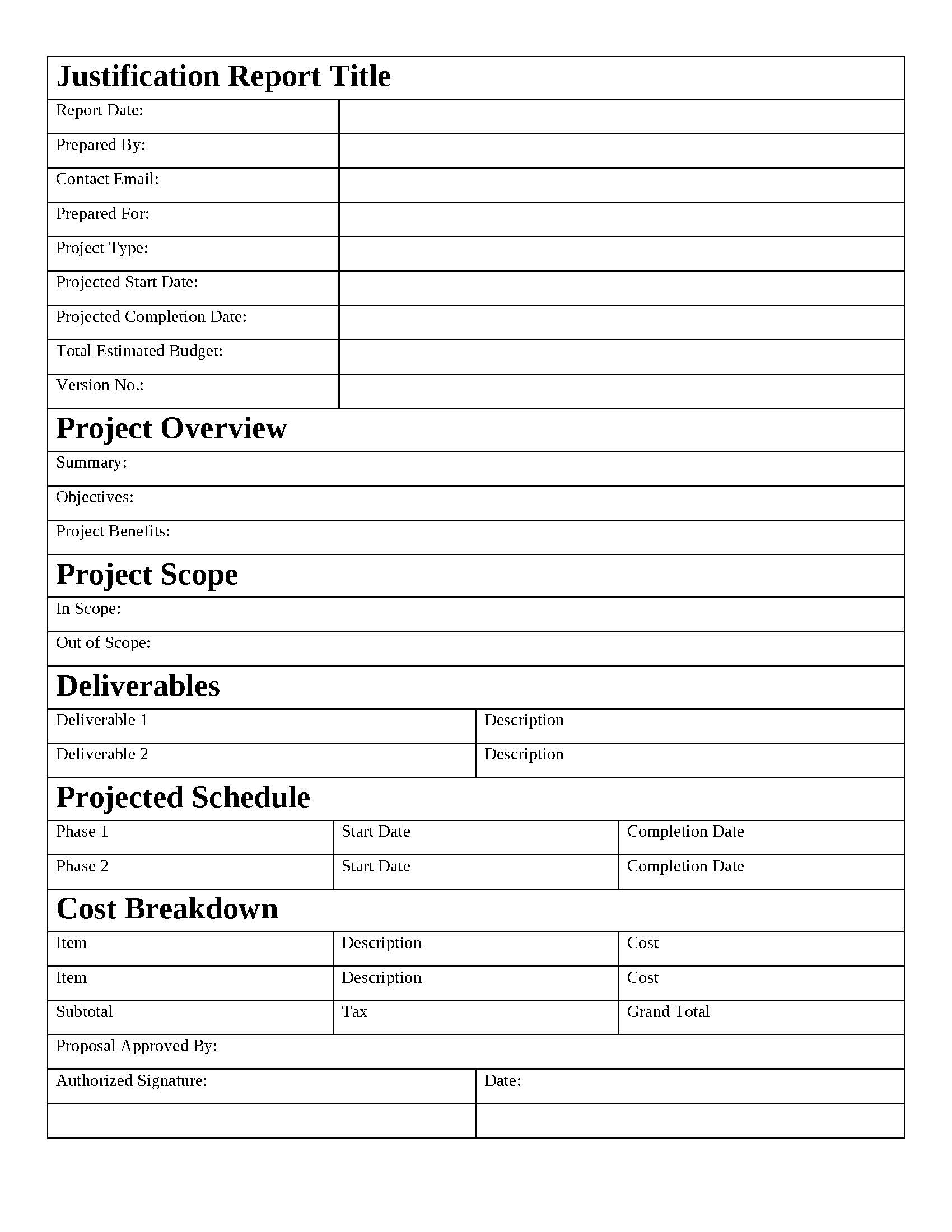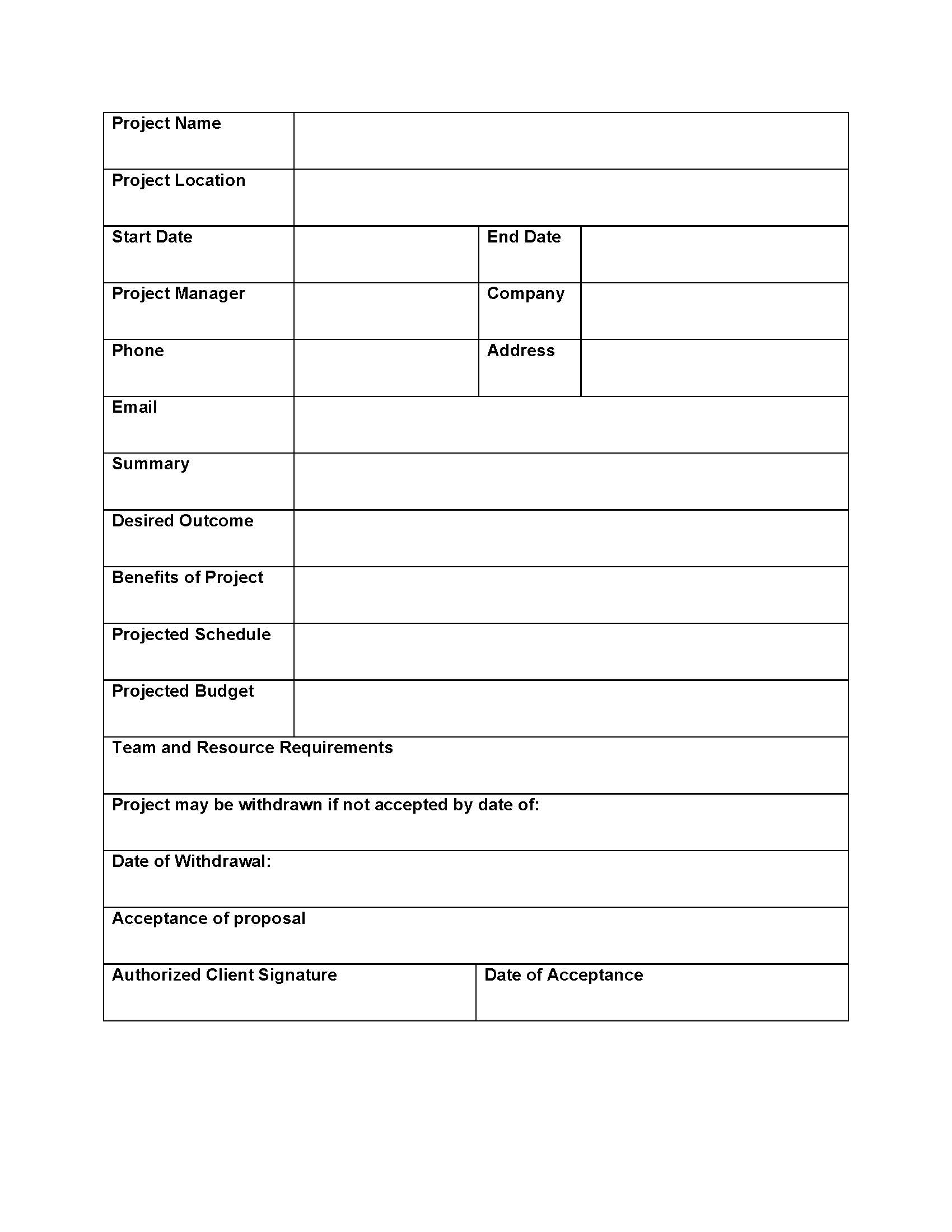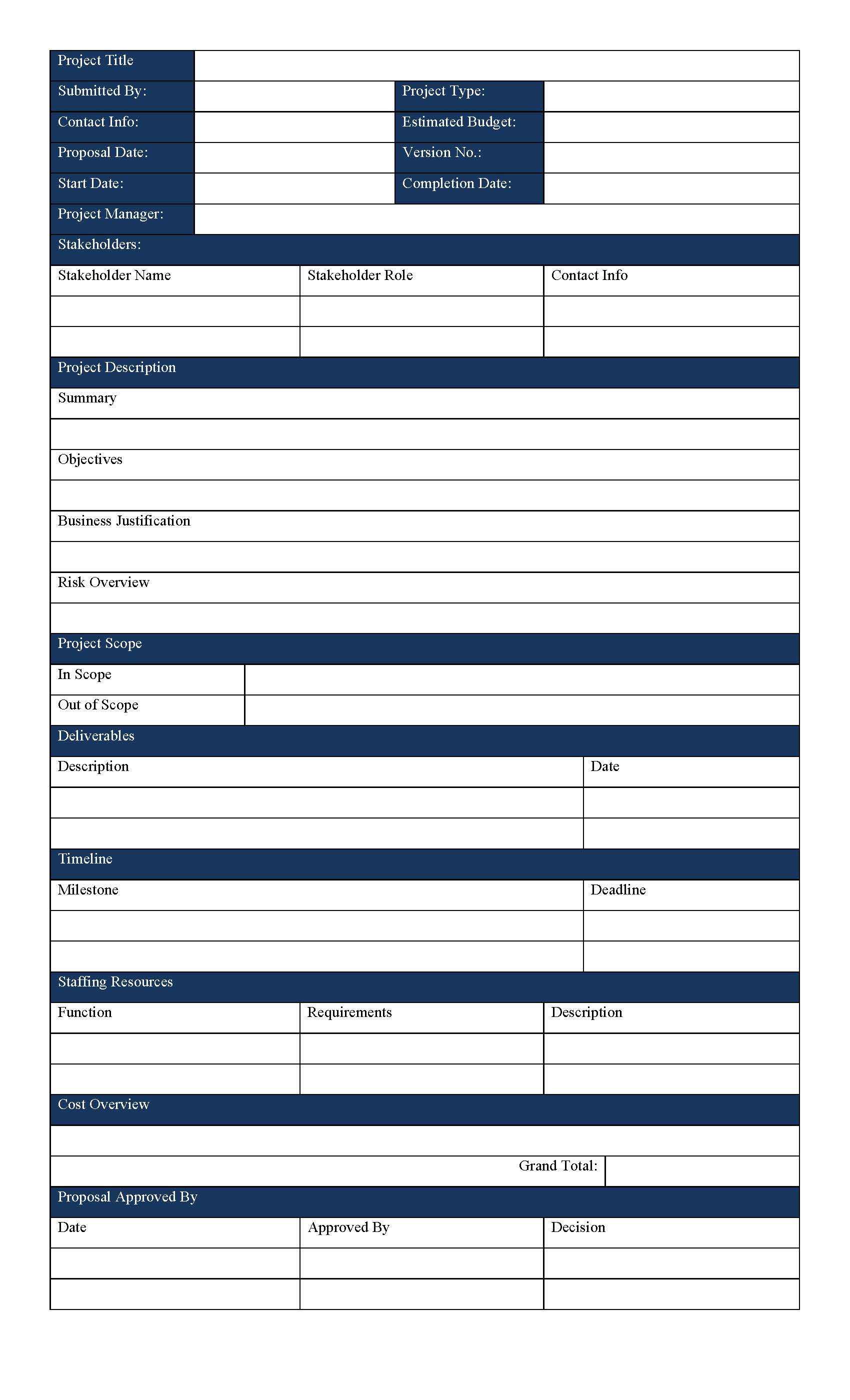Blog
How to Write a Justification Report with 3 Downloadable Templates
Articles
Author: DocumentDesign.net
Overview
A justification report is persuasive writing used primarily in business and government. Its format can be a proposal, memo or letter depending on the complexity of the project. A justification report describes a clear understanding of a decision, action or investment to be undertaken and why it should occur. A justification report includes the summary, problem statement, proposed solution, supporting evidence, projected costs, risks, timeline, feasibility for achievement and conclusion. The report’s objectives should be clearly defined and aligned with the organization’s goals and values. Achievements, outcomes, and impacts are discussed in the body of the report. Objective evidence in the form of data, studies and statistics should be used. The structure and logical progression of the report should use deductive reasoning, evidence, and rhetorical appeals as summarized below.
- Deductive reasoning--Ensure text moves from general to specific information.
- Exemplification and evidence--Conduct research and use reputable sources as justification.
- Appeal to Logic--Use reason, statistics, facts, evidence, and logic to make a persuasive argument.
- Appeal to Values--Focus on the values of your target audience.
Elements of a Justification Report
Summary or Executive Summary
Write a brief summary or overview of the justification report that includes the problem, proposed solution, justification and the benefits of granting the request. Discuss how your proposed solution will be implemented and the payoff, outcome or benefits. Demonstrate how your proposed solution aligns with the organization’s values, strategic plan, or community involvement. This section should be written last. Use the topic sentence from all sections in the report to write the summary. Add transitional phrases or sentences so that the text flows logically.
Problem Statement
Describe the decision, action or investment that should be made to improve the social or economic environment of an organization. The problem statement describes the negative impacts that need to be addressed. The problem statement and proposed solution are the focus of a justification report. The proposed solution is the claim you will be defending with evidence throughout the report.
Proposed Solution
State recommendations to rectify the problem or improve the organization’s social or economic environment. Establish trust with deep understanding of the problem based on research and then propose a solution to convince stakeholders, donors and partners of your authority. Describe the benefits, results or outcomes that benefit the organization as a result of implementing your proposed solution while integrating that into the organization’s values, strategic plan or community involvement. Make your argument compelling so that stakeholders agree with your reasoning for why the project should be undertaken and will willingly invest time money and other resources into accomplishing the goal stated in your proposed solution.
Supporting Evidence
Defend your proposed solution with evidence from research including case studies, facts and statistics and how it aligns with the organization's values, strategic plan and long-term objectives. Provide as much supporting evidence for your argument as possible to make your proposed solution convincing. Supporting evidence should be summarized. If necessary, add appendices with the case studies and statistical evidence you used to justify your claims in the report.
Projected Costs
Include projected costs and resources needed to implement the decision, action or investment to be undertaken. List benefits and return on investment of your proposed solution. This section can include impacts and outcomes such as increased revenue, cost savings, improved productivity, improved customer relations or greater community involvement.
Risks
Describe risks involved due to implementing your proposed solution. The risk statement summarizes drawbacks, consequences or adverse events that may arise. The risks statement addresses causes of any adverse events and suggests mitigation possibilities. Use an "if-then" or “condition-consequence” format followed by a mitigating factor or action to be taken to minimize, offset or prevent adverse effects.
Conclusion
Restate the purpose of your justification report. Summarize the key points of your justification report. Discuss the relevance of your justification report and why it matters to the organization. Make clear recommendations that include your proposed solution. Demonstrate the benefits of your proposed solution. For example, your proposed solution will increase productivity, create cost savings or aligns with the organization’s strategic plan or long-term objectives. Include a call-to-action sentence.
Template Examples
The examples below are simple proposal templates that can be used for justification reports. A justification report is technically a proposal. The difference is that writers of justification reports are creating an internal organization document whereas a proposal is usually an external organization document created in response to a request for proposal (RFP).
The templates below are downloadable and editable. Links are below respective document images. They were created in Word 365 using tables and are compatible with LibreOffice Writer. The tables automatically expand with the volume of text. Table rows break across pages. To control whether table rows break across pages, uncheck "Allow row to break across pages" in Table Properties or insert page or section breaks in the row where the break is preferable.
Justification Report Proposal Template

Download Justification Report Proposal Template
Simple Justification Report Template

Download Simple Justification Report Template
8.5 x 14 Justification Report Proposal Template

Download 8.5 x 14 Justification Report Proposal Template
Sources
Magher, Maria. "How to Write a Justification Narrative." Seattlepi.com. https://education.seattlepi.com/write-justification-narrative-6609.html
McQuerrey, Lisa. "How to Write a Justification Report." Chron. https://work.chron.com/write-justification-report-6504.html
Naidu, Angelica. "How to Write Project Justification in a Proposal Template." Superproposal.com. Oct. 2024. https://www.superproposal.com/blog/project-justification-proposal/
Stump, James, Thompson, James. "How to Write a Good Risk Statement." Defense Acquisition University. https://www.dau.edu/library/damag/november-december2017/how-write-good-risk-statement
University of Utah Office of Sponsored Programs. "How to Prepare a Budget Narrative / Budget Justification." Uvu.edu. April 2019. https://www.uvu.edu/osp/docs/how-to-prepare-a-budget-justification.pdf